I enjoy baking bread - it has kept me sane during lockdown
Words Lisa Valder Photographs Lisa Valder and Sang An
After trying anything from sourdough rye bread to pretzels, I came across a photo on instagram my friend, artist and Faversham resident Hope Fitzgerald, posted of a Challah she baked.
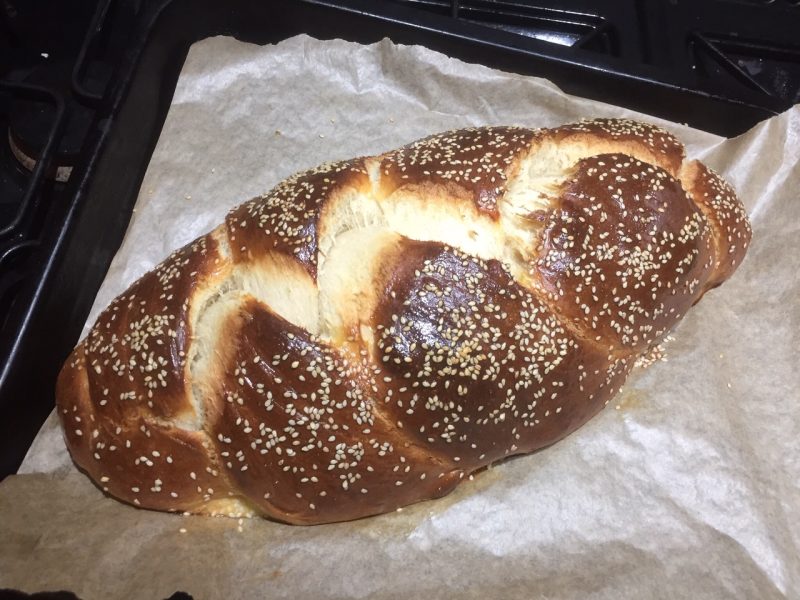
Lisa Valder’s Challah
Apart from looking delicious, I was intrigued, because it reminded me of a delicacy my grandmother treated us to every year on New Year’s Eve in my German hometown Cologne: ‘Neujahrszopf’ (literally translated New Year’s Plait), a very old fashioned local bread, which is sweet and salty and soft, best eaten while still warm with plenty of butter.
Hope’s Challah bread looked (and as it turned out tasted) identical to my grandmother’s New Year’s Plait, and showed how traditions interweave. Jewish history in Cologne goes back to the 4th century, the oldest Jewish community north of the Alps.
The recipe is fairly easy and the result consistently amazing.
Classic Challah
Ingredients:
500g strong white bread flour
70g caster sugar
7g fast action dried yeast
2 eggs, beaten
70ml sunflower oil, plus extra for the bowl
200ml luke warm water
sesame seeds/ coarse salt (optional)
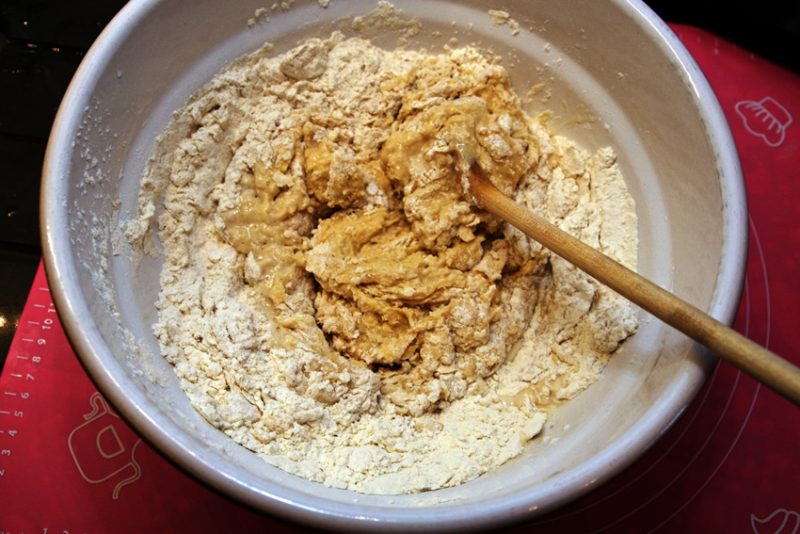
Mix together yeast, sugar, salt, flour, eggs, vegetable oil and water
- Combine the yeast, a pinch of the sugar and a couple of tablespoons of lukewarm water in a small bowl. Stir to dissolve the yeast then leave for 10 minutes until foamy
- Meanwhile, combine the flour, the remaining sugar and tsp fine salt in a large bowl. Make a well in the centre, then add half the beaten egg, the yeast mixture and the oil. Pour in 200ml lukewarm water and stir with a spoon, then mix using one hand, keeping the other clean while you bring the dough together. If there are a lot of dry bits, gradually add a little water.
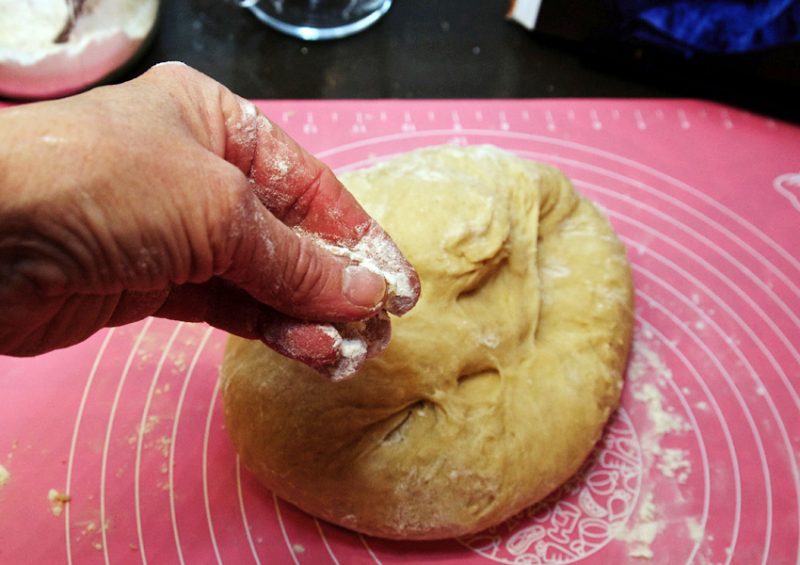
If the dough gets very sticky, add a very small amount of flour – as little as possible.
- Once the dough has come together, turn it out onto a lightly floured surface. Knead using both hands for 10 minutes until smooth and a bit springy. If it gets very sticky, add a very small amount of flour – as little as possible. Stretch the sides of the dough down and pull together to form a ball. Lightly oil a bowl, then roll the dough ball around the bowl so it’s coated in the oil. Cover with a clean tea towel and leave in a warm place for one hour, or until the dough has doubled in size.
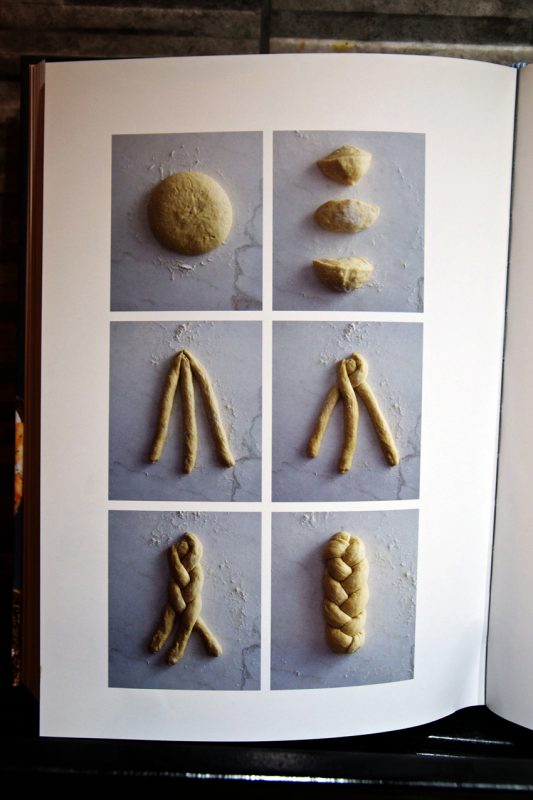
Turn the dough out onto a clean work surface and divide into three equal pieces. (Photo by Sang An)
- Line a baking sheet with baking parchment. Turn the dough out onto a clean work surface and divide into three equal pieces. Roll and stretch each piece into a long sausage shape about 25cm long, tapering them slightly at both ends. Lay the pieces out in front of you, parallel to one another with a couple of centimetres between each. Bring the sausages together at the top end, the plait them down the length, tucking in the ends when you reach the bottom. Carefully transfer the loaf to the prepared baking sheet and loosely cover with a clean tea towel. Leave to rise until puffy and billowy, about 40 minutes.
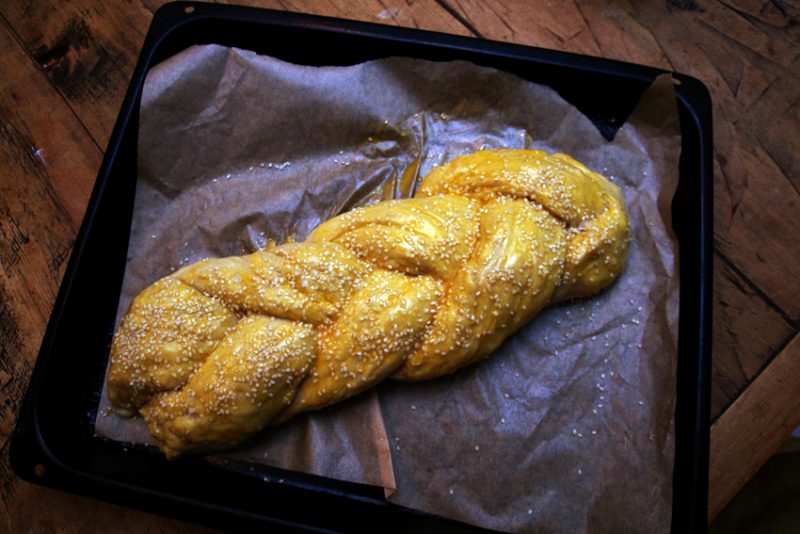
Carefully transfer the loaf to the prepared baking sheet
- Meanwhile, heat the oven to 200C/180 fan/Gas 6. Gently brush the rest of the beaten egg all over the Challah, getting it into all the crevices, and sprinkle with seeds or salt, if using. Bake on a middle shelf of the oven for 25-30 minutes, until the loaf is golden brown and sounds hollow when tapped underneath. Check after about 15 minutes – if the top of the loaf has started to get too dark, cover it with foil. Leave to cool on a wire rack, then serve with plenty of salty butter.

Challah
Good luck, stay safe and well!
Text: Lisa. Photographs: Lisa and Sang An





